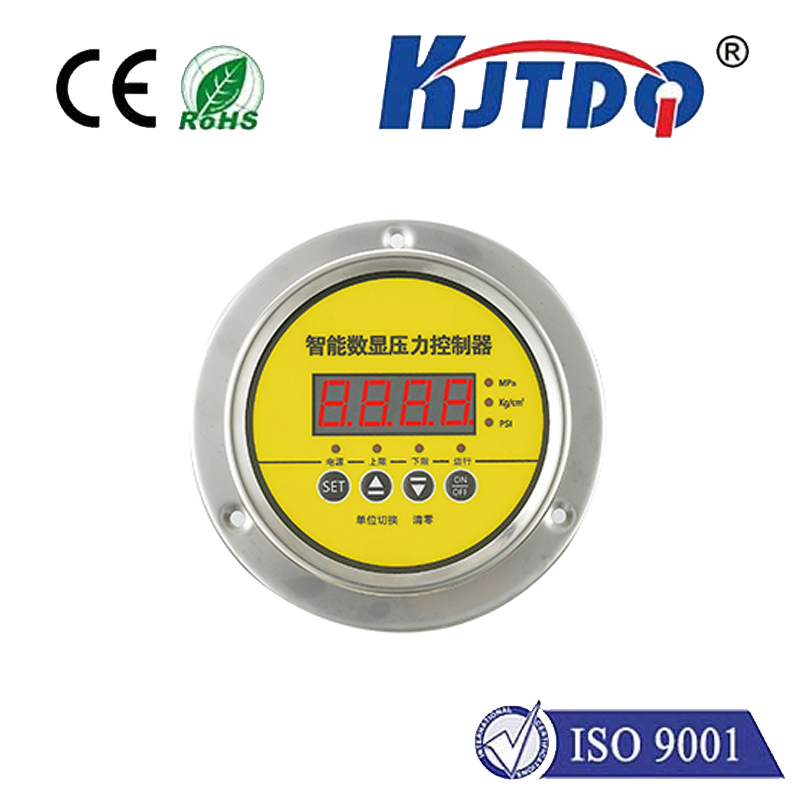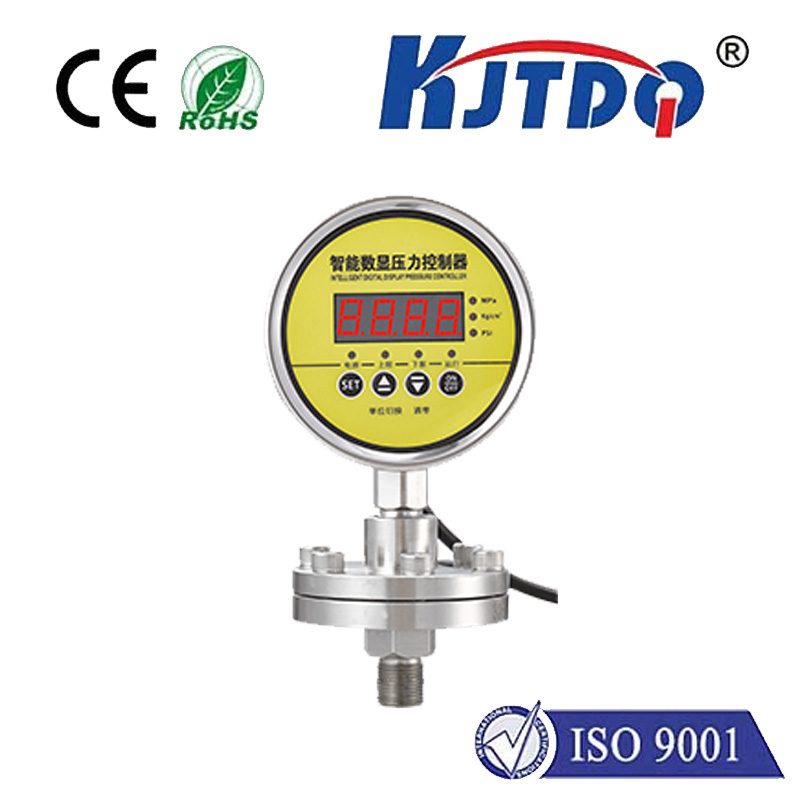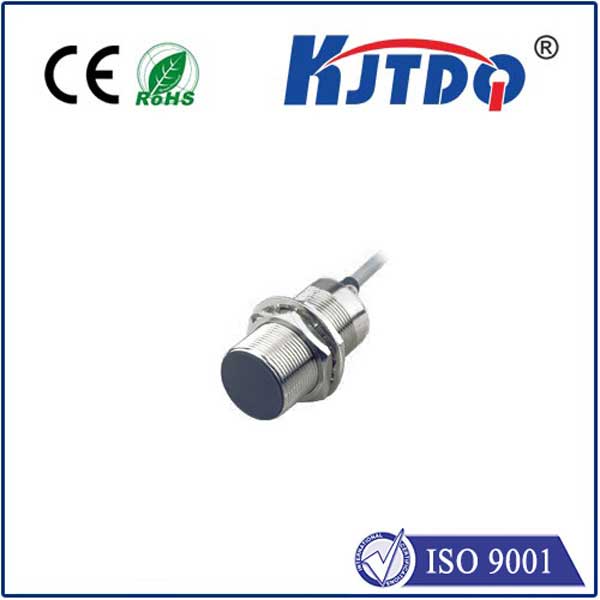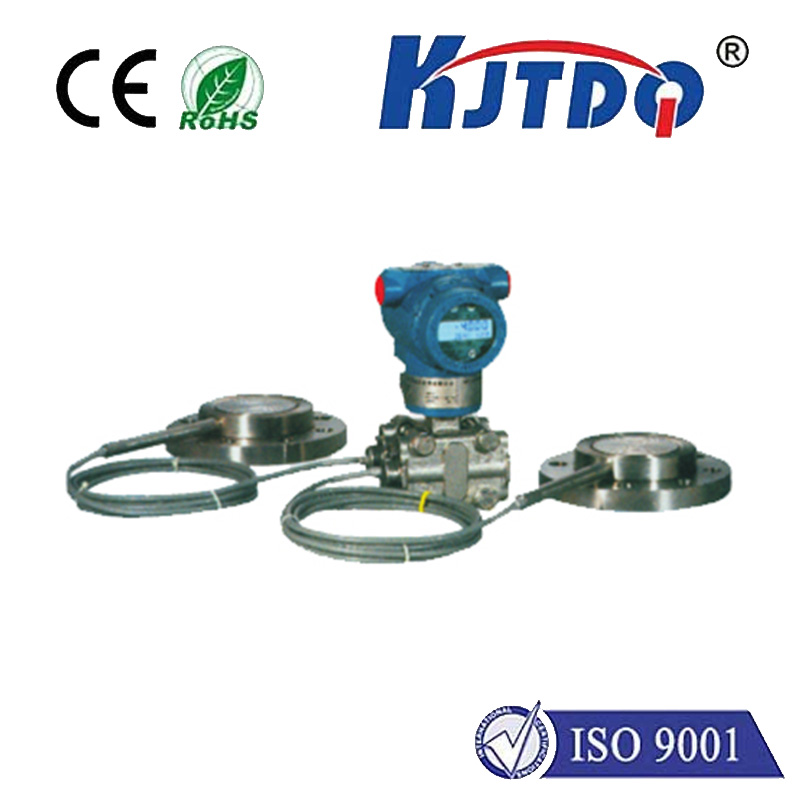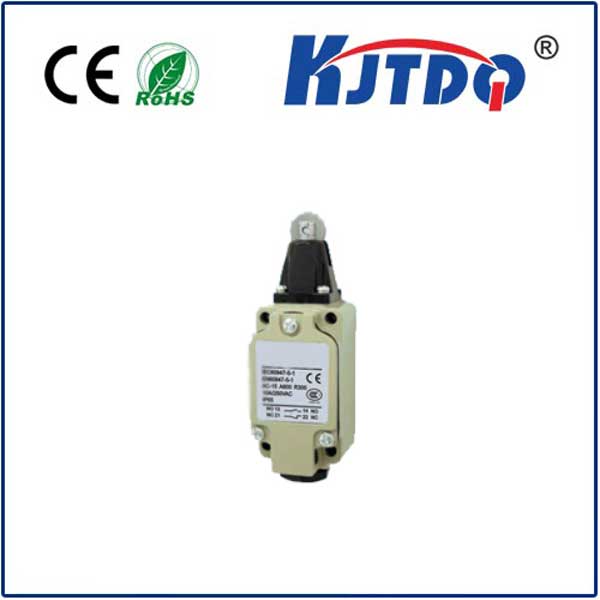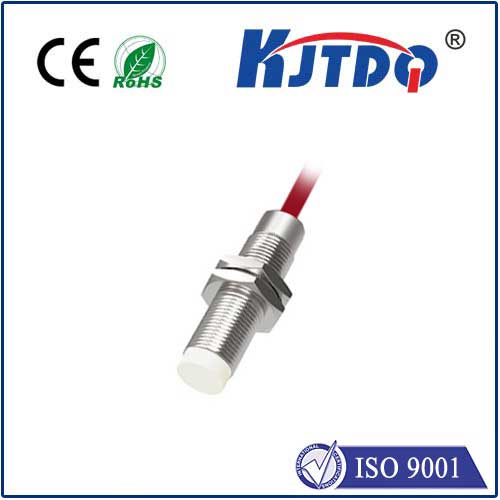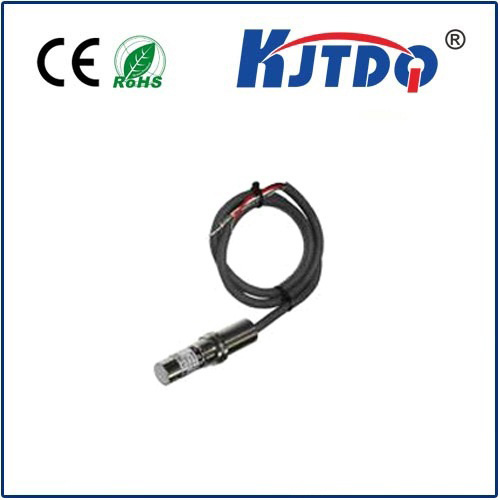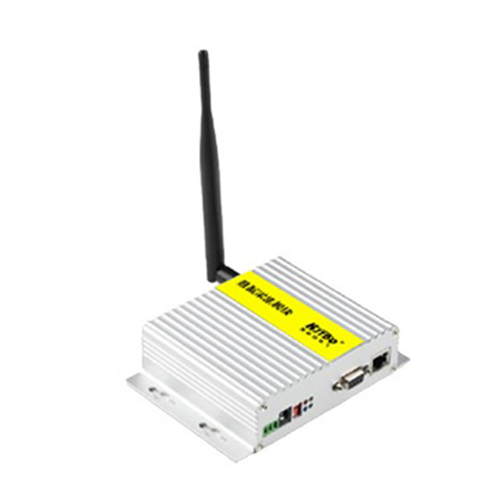flush proximity sensor mounting bracket
- time:2025-09-08 11:08:55
- Click:0
The Unsung Hero of Sensing: Why Your Flush Proximity Sensor Mount Matters
Imagine a high-speed bottling line. Glass containers whizz by, perfectly timed filling heads descend, and capping mechanisms snap into place. It’s a ballet of precision. Now, picture a proximity sensor, tasked with detecting each bottle’s presence to trigger the filler, mounted slightly askew. A mere millimeter of protrusion or misalignment. That tiny error could mean shattered glass, costly downtime, and production chaos. This scenario underscores the utterly critical, yet often underestimated, role of the flush proximity sensor mounting bracket. It’s not just a holder; it’s the foundation guaranteeing your sensor performs reliably, accurately, and safely in demanding industrial environments.
Understanding the Flush Mount Imperative
Proximity sensors, particularly inductive types, detect metallic objects without physical contact. Their effective range and accuracy are intrinsically linked to their mounting position relative to the target. A flush proximity sensor mounting bracket is specifically engineered to allow the active sensing face of the sensor to be installed perfectly level (coplanar) with the surrounding mounting surface. This “flush” positioning is non-negotiable for several reasons:

- Preserving Sensing Range: Proximity sensors have a defined nominal sensing range (Sn). When mounted incorrectly, recessed too far, or protruding, this effective range is drastically reduced. A flush mount bracket ensures the sensor is positioned precisely at the ideal depth relative to its housing and the mounting surface, maximizing its designed Sn. Even small deviations can cause inconsistent detection or complete failure.
- Preventing Physical Damage: In applications where targets or equipment move in close proximity to the sensor location, a protruding sensor is a prime candidate for being sheared off, bent, or smashed. A flush-mounted sensor, secured within its robust bracket, sits protected behind or level with the machine surface, significantly reducing the risk of costly impact damage.
- Ensuring Detection Accuracy and Consistency: Vibration, thermal expansion, or mechanical stresses can cause a poorly mounted sensor to shift slightly. A precisely machined flush mounting bracket provides a rigid, stable platform, locking the sensor firmly in its optimal position. This minimizes drift and guarantees reliable, repeatable detection cycle after cycle.
- Facilitating Installation and Maintenance: High-quality brackets feature precise machining and clear mounting points, making initial sensor installation straightforward and ensuring alignment. If sensor replacement is needed, a standardized bracket allows for quick, error-proof swaps, minimizing machine downtime.
- Environmental Protection: Many flush mounting brackets, particularly those made from stainless steel or featuring integrated gaskets/seals, contribute directly to the sensor’s ingress protection (IP rating). They help seal the mounting hole against dust, coolants, washdown fluids, and other contaminants, extending sensor lifespan.
Beyond the Basics: Key Considerations When Choosing a Bracket
Not all brackets are created equal. Selecting the right flush proximity sensor mounting bracket involves more than just confirming the fit for your sensor model:
- Material Matters: Bracket material must match the environment.
- Stainless Steel (e.g., 304 or 316L): The gold standard for corrosion resistance, essential in food & beverage, pharmaceutical, marine, or chemically aggressive settings. Offers excellent strength and durability.
- Anodized Aluminum: A lighter-weight, cost-effective option providing good corrosion resistance for less harsh industrial environments. Electrically non-conductive (useful in some EMC-sensitive situations).
- Plastic/Nylon: Used primarily for very specific, lightweight applications or where electrical isolation is paramount. Generally offers less mechanical strength and environmental protection than metal.
- Mounting Configuration: How will it attach to your machine?
- Threaded (e.g., M8, M12, M18, M30): The most common type, designed to screw directly into a tapped hole in the machine frame or mounting plate.
- Slotted or Keyhole: Allows for slight adjustment during installation before final tightening.
- Flange Mount: Features holes around a flange for bolting onto a flat surface where threading isn’t possible or desired.
- Sensor Compatibility is Paramount: This seems obvious but is critical. The bracket must be designed for the exact sensor housing size and threading (e.g., M8, M12, M18, M30). A mismatch, even a slight one, can prevent achieving a true flush mount or secure fit. Always verify sensor model compatibility.
- Tolerance and Precision: The bracket’s machining quality directly impacts performance. Look for brackets manufactured to tight tolerances to ensure the sensor sits perfectly flush and perpendicular. Poor machining leads to gaps, misalignment, and unreliable operation.
- Environmental Sealing: Does the application involve washdowns, dust, or oils? Brackets featuring integrated O-rings, gaskets, or specific sealing designs significantly enhance the overall environmental protection of the sensor installation. Ensure compatibility with the sensor’s own sealing features.
- Special Application Needs: Consider factors like:
- High Vibration: Brackets with robust locking mechanisms (e.g., locknuts, specific thread designs) are essential.
- Extreme Temperatures: Material selection and potential thermal expansion differences become crucial.
- Hygienic Requirements: Stainless steel with specific surface finishes (e.g., electropolished) and crevice-free designs are mandatory in food/pharma.
Where Flush Mount Brackets Shine: Critical Applications
The need for reliable, protected sensing makes flush proximity sensor mounting brackets indispensable across countless industries:
- Automated Machinery & Robotics: Protecting sensors from impacts with moving arms, grippers, or workpieces; ensuring precise position detection for assembly or handling.
- Conveyor Systems: Detecting products, pallets, or positioning without sensors being snagged; monitoring belt alignment or tensioner position.
- Metal Forming & Machining (CNC): Safeguarding sensors in tool changers, part presence detection near cutting zones (exposed to chips and coolant).
- Packaging & Filling Lines: Accurate container positioning for filling, capping, and labeling; sensors must withstand potential impacts and harsh washdown cleaning cycles.
- Material Handling: Position sensing on lifts, forklift attachments, automated guided vehicles (AGVs).
- Food & Beverage Processing: Mandatory for hygiene; stainless steel brackets withstand corrosive cleaning chemicals and prevent bacterial harborage points.
Investing in Precision Pays Dividends
Viewing the flush proximity sensor mounting bracket as an afterthought is a recipe for frustration and unexpected costs. A poorly chosen or low-quality bracket can transform a reliable sensor into an intermittent failure point. It can lead to:
- Increased machine downtime for sensor replacement and troubleshooting.
- Scrap production due to missed or false detections.
- Higher maintenance costs from frequent sensor damage.
- Safety risks if critical position or presence signals fail.
Conversely, selecting a high-quality, perfectly matched flush mount bracket is an investment in seamless operation. It maximizes sensor performance, extends sensor lifespan, enhances system reliability, and ultimately protects your bottom line. It ensures the critical data provided by your proximity sensors is accurate, consistent, and trustworthy – the silent guardian enabling the smooth, efficient, and safe operation of your automated systems. When precision matters, the bracket is just as important as the sensor itself.






